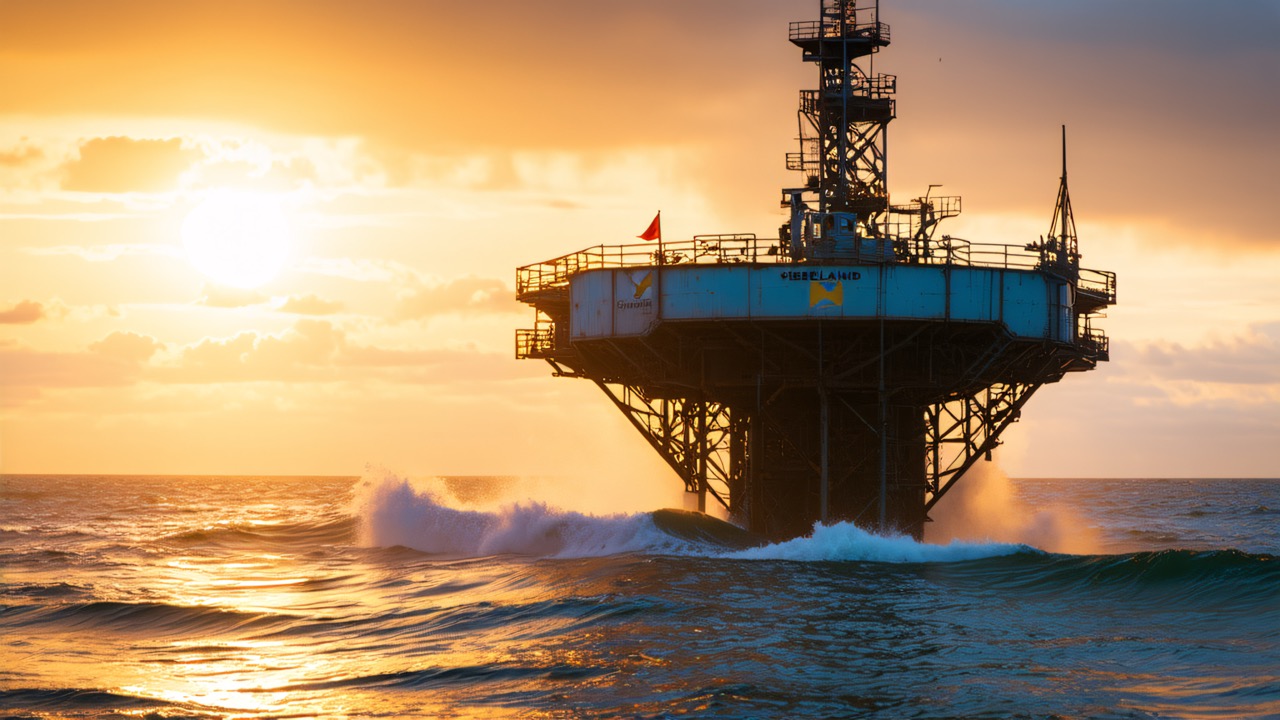In the vast tapestry of global history, few stories are as captivating as that of Sealand, a self-proclaimed micro-nation located on an offshore platform in the North Sea. This unique tale intertwines themes of sovereignty, rebellion, and the quest for identity, making it a fascinating subject for exploration.
The Origins of Sealand
Sealand’s story begins in the aftermath of World War II when the British government abandoned a naval fort known as HM Fort Roughs. This fort, situated about seven miles off the coast of Suffolk, was originally constructed during the war to defend against German attacks. In 1967, Roy Bates, a former British Army major, seized the opportunity to declare the fort an independent state, naming it the Principality of Sealand. Bates and his family moved onto the platform, establishing a unique community that would challenge conventional notions of nationhood.
The Quest for Sovereignty
The declaration of independence was not merely a whimsical act; it was rooted in a desire for autonomy. Bates sought to create a haven free from the constraints of British law, and he even issued passports and currency, further solidifying Sealand’s identity as a sovereign entity. However, the British government did not recognize Sealand’s claim to independence, leading to a series of legal battles and diplomatic challenges.
One of the most notable incidents occurred in 1978 when a group of German and Dutch businessmen attempted to take control of Sealand. In a dramatic turn of events, Bates and his son, Michael, managed to repel the invaders, leading to a brief standoff that captured international attention. This incident not only highlighted the precarious nature of Sealand’s sovereignty but also underscored the lengths to which its inhabitants would go to defend their home.

The Legal Gray Area
Sealand’s status as a micro-nation has led to ongoing debates about its legitimacy. While it operates with its own set of laws and governance, the lack of formal recognition from established nations raises questions about its sovereignty. Legal experts have pointed out that Sealand exists in a unique legal gray area, as it occupies a structure that is not officially recognized as part of any country. This ambiguity has allowed Sealand to thrive as a symbol of self-determination, attracting attention from those disillusioned with traditional governance.
Cultural Significance and Identity
Beyond its legal status, Sealand has become a cultural phenomenon. The Bates family has embraced their role as the royal family of this micro-nation, and they have cultivated a sense of identity that resonates with those who value independence and self-governance. Sealand’s flag, coat of arms, and national anthem contribute to its unique cultural narrative, fostering a sense of belonging among its inhabitants and supporters.
Moreover, Sealand has become a popular subject in popular culture, inspiring documentaries, books, and even merchandise. The story of a family living on a platform in the North Sea, claiming independence from the world, captures the imagination and serves as a reminder of the human spirit’s resilience.
The Modern Era: Challenges and Opportunities
In recent years, Sealand has faced various challenges, including the need for maintenance and the impact of changing environmental conditions. The platform’s aging infrastructure requires ongoing attention, and the Bates family has sought innovative ways to sustain their micro-nation. This includes exploring opportunities for tourism and digital ventures, such as offering online citizenship and selling Sealand-themed merchandise.
The rise of the internet has also provided a platform for Sealand to connect with a global audience. The concept of digital sovereignty has gained traction, and Sealand’s story resonates with those advocating for alternative forms of governance in the digital age. As more individuals seek autonomy and self-expression online, Sealand stands as a symbol of what is possible when traditional boundaries are challenged.
Conclusion: A Symbol of Independence
Sealand’s journey from a forgotten naval fort to a self-proclaimed micro-nation is a testament to the enduring human desire for independence and self-determination. Its story is not just about a family living on a platform; it embodies the complexities of sovereignty, identity, and the quest for belonging in an increasingly interconnected world.
As we reflect on Sealand’s unique history, we are reminded of the power of individual agency and the potential for alternative forms of governance. In a world where traditional nation-states often struggle to meet the needs of their citizens, Sealand serves as a beacon of hope for those seeking to carve out their own paths. Whether viewed as a quirky footnote in history or a serious challenge to conventional governance, Sealand’s legacy continues to inspire and provoke thought about the nature of nationhood in the modern era.

